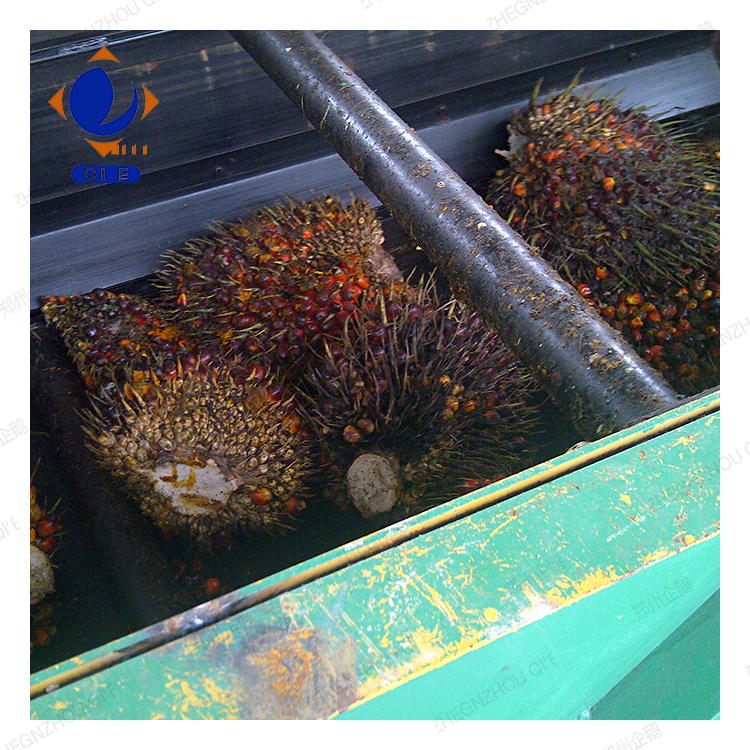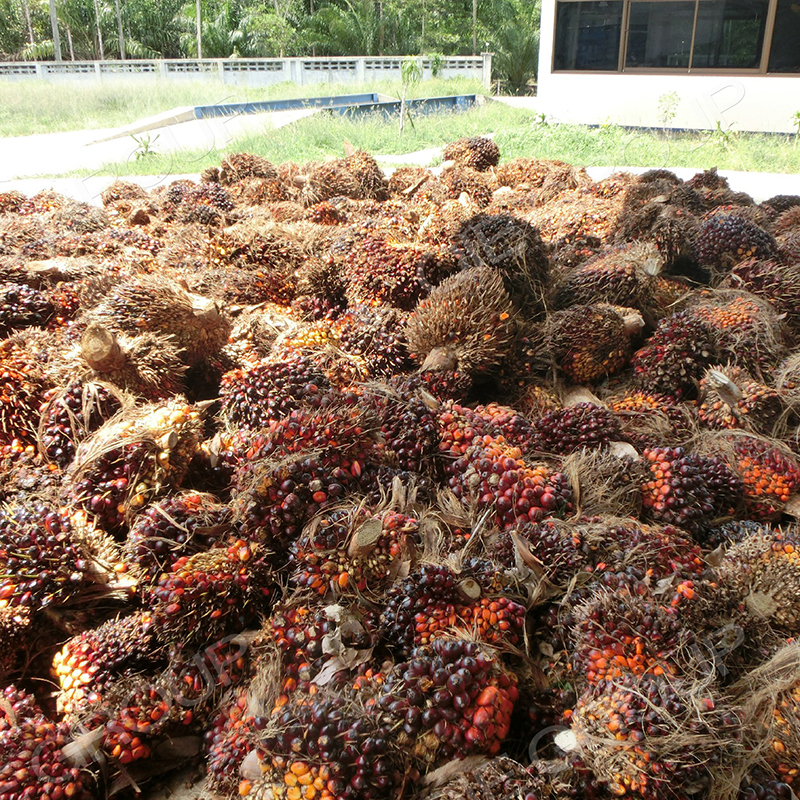
In the realm of edible oil processing, sunflower oil holds a significant position due to its rich nutritional value, including high levels of vitamin E and unsaturated fatty acids. However, many small and medium-sized edible oil processing plants often encounter challenges such as low oil yield and high oil content in residues during the sunflower oil pressing process. This article aims to provide in-depth technical analysis and practical solutions to these issues.
The working principle of sunflower oil pressing machinery is based on physical force to extract oil from sunflower seeds. Key parameters such as pressure, temperature, and moisture have a profound impact on the quality of the finished oil. For example, in the physical pressing process, appropriate pressure can ensure efficient oil extraction without damaging the natural nutrients in the oil. Generally, a pressure range of 20 - 30 MPa is considered optimal for most sunflower oil pressing machines. Temperature also plays a crucial role. If the temperature is too high during pressing, it may lead to the oxidation of unsaturated fatty acids and the loss of vitamin E. A temperature control between 40 - 60°C is recommended to preserve the nutritional value of the oil.

There are mainly three pressing methods for sunflower oil: cold pressing, hot pressing, and solvent extraction. Cold pressing is carried out at a relatively low temperature, usually below 60°C. This method can best preserve the natural nutrients in sunflower oil, but the oil yield is relatively low, typically around 25 - 30%. Hot pressing involves heating the sunflower seeds before pressing, which can increase the oil yield to about 35 - 40%. However, the high temperature may cause some nutrient loss. Solvent extraction has the highest oil yield, up to 45 - 50%, but it may leave trace amounts of solvents in the oil, which may raise concerns about food safety.
| Pressing Method | Oil Yield | Nutrient Retention |
|---|---|---|
| Cold Pressing | 25 - 30% | High |
| Hot Pressing | 35 - 40% | Medium |
| Solvent Extraction | 45 - 50% | Low |
To address the common problems of low oil yield and high oil content in residues, the following practical solutions can be adopted:
Proper material pretreatment can significantly improve the oil yield. Before pressing, sunflower seeds should be cleaned to remove impurities and damaged seeds. Adjusting the moisture content of the seeds to 8 - 10% can also enhance the pressing efficiency. For example, in a certain small - scale sunflower oil processing plant, after optimizing the material pretreatment process, the oil yield increased by about 3%.
As mentioned above, controlling pressure, temperature, and moisture during pressing is crucial. By using advanced sensors and control systems, the pressing parameters can be precisely adjusted according to the characteristics of sunflower seeds. For instance, a medium - sized processing plant improved the oil yield by 5% after implementing precise parameter control.

Based on the market demand and production goals, the appropriate pressing method should be selected. If the focus is on high - quality, nutrient - rich sunflower oil, cold pressing may be the best choice. If the goal is to maximize the oil yield, hot pressing or solvent extraction can be considered.
- Regularly maintain the pressing machinery to ensure its normal operation and accuracy of parameter control.
- Conduct small - scale tests before large - scale production to determine the optimal pressing parameters.
- Keep records of production data to continuously optimize the production process.
In conclusion, by understanding the working principle of sunflower oil pressing machinery, choosing the appropriate pressing method, and optimizing the production process, small and medium - sized edible oil processing plants can effectively solve the problems of low oil yield and high oil content in residues. This not only improves the overall oil yield but also ensures the retention of natural nutrients in sunflower oil, thereby enhancing the product's added value and market competitiveness. If you have any questions or need further technical support, please feel free to leave a message below.
Click here to optimize your sunflower oil production process now!

